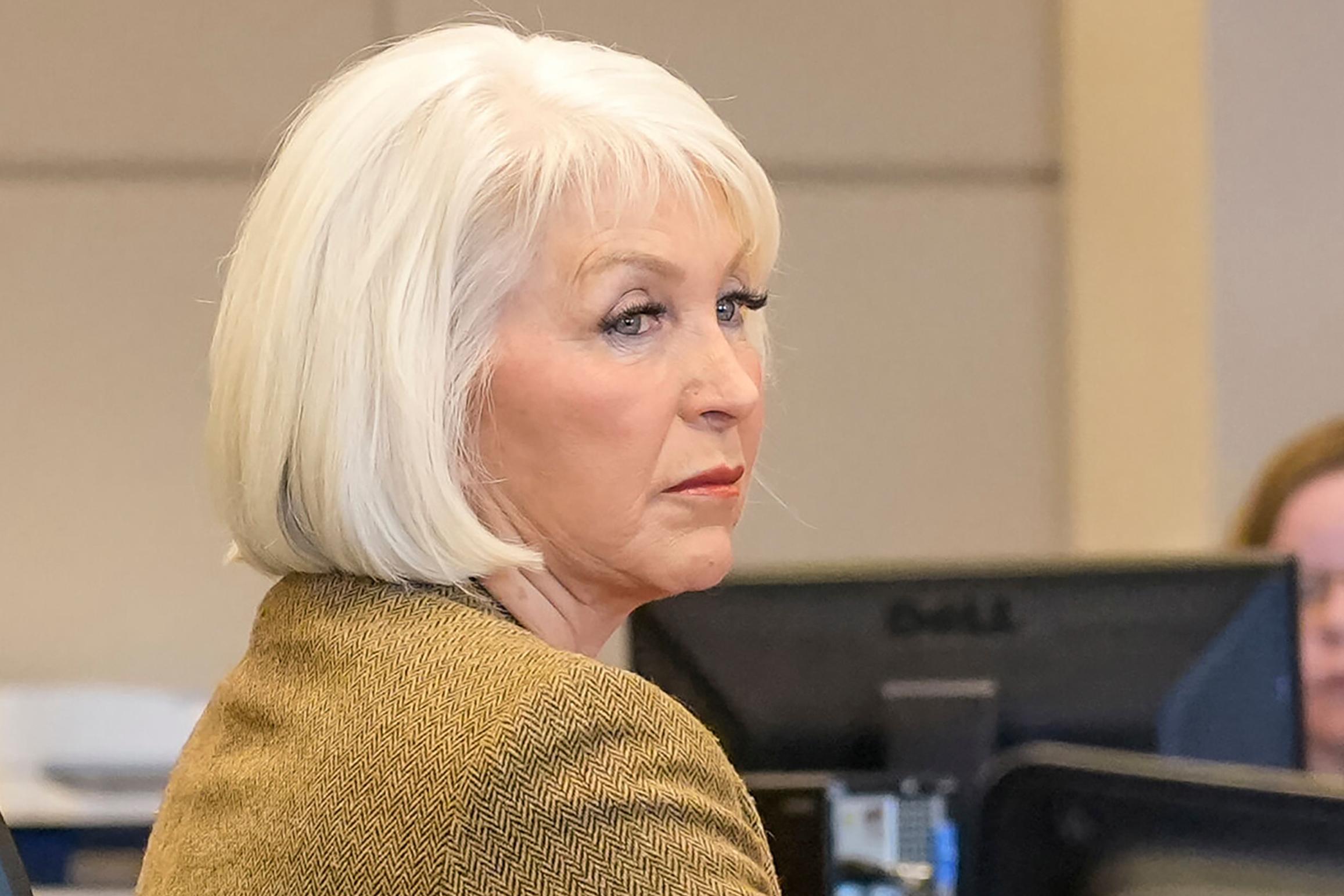
Every year on the Fourth of July, Americans pull out the fireworks, hotdogs and historic music in an effort to honor the birth of our nation. The date has its classical music favorites, such as Copland, Gershwin and Bernstein — all of which you will hear on CPR Classical. But an all-American program of tried-and-true favorites, featuring what has typically been labeled as quintessentially "American," is an incomplete way to celebrate our country. That's because this is a country of immigrants, both on July 4, 1776, and as we celebrate this year.
For Essential Saturdays on July 1 from 1 - 5 p.m., we celebrate some of the refugees, visitors and immigrants to the United States who have helped shape American classical music beyond the typically celebrated composers.
Erich Korngold
Born in Moravia to Jewish parents in 1897 and raised in Vienna, Korngold stunned the Viennese public when he was 11 years old with his ballet "Der Schneemann" (The Snowman) and had his first big opera hit, "Die Tote Stadt" (The Dead City) in his early 20s.
Korngold fled his home in Europe during the rise of Hitler and the Nazi party and found refuge in the United States. Here, he made a name for himself in Hollywood, writing legendary scores for films like “The Adventures of Robin Hood.” Korngold's swashbuckling film scores were the inspiration for George Lucas when he wrote "Star Wars."
Your guide to Fourth of July fireworks — plus laser and drone shows — around Colorado
Samuel Coleridge-Taylor
British composer Samuel Coleridge-Taylor visited America three times during his 37 years. Coleridge-Taylor's father was from Sierra Leone and descended from freed African-American slaves. That heritage inspired Coleridge-Taylor to incorporate African melodies into his music.
Free, but certainly not equal, Black Americans found inspiration in Coleridge-Taylor's success as one of the first few Black composers. A 200-voice African American choir in Washington, D.C. named itself the Coleridge-Taylor Choral Society, and two schools were named after him.
Justinian Tamusuza
The minimalist movement started in the U.S. in the 1960s, and composers like Philip Glass have built their entire careers on minimalistic principles. But Ugandan composer Justinian Tamusuza blends the simplicity of American minimalism with Ugandan musical traditions. In some works, he asks for Western instruments to imitate Bagandan elements, like orchestral strings creating an invisible tube fiddle, one of the instruments he learned as a child.
He earned his doctorate in composition at Northwestern University in Illinois, where he also taught.
Astor Piazzolla
The king of “new tango” was just four years old when he moved to New York with his family. It was there that he encountered the bandoneon for the first time when his father brought one home from a pawn shop. Eight-year-old Astor wasn't exactly thrilled. He had wanted a baseball cap.
It was on the streets of New York where he was introduced to klezmer, jazz and classical music, all leading to his genre-defying future. Within a few short years, he became known as a prodigy with the help of New York Argentine expats. Piazzolla returned to Argentina at the age of 15, where he created a distinctive brand of tango called "nuevo tango" that blended his love for tango, jazz and classical music.
Radio debut on CPR Classical: ‘America/Beautiful’ with pianist Min Kwon
Mario Castelnuovo-Tedesco
Mario Castelnuovo-Tedesco was an in-demand pianist, celebrated composer and respected critic in Italy in the early 20th century. That is, until the Italian government implemented new laws in 1938 designed to enforce racial discrimination. Overnight, Castelnuovo-Tedesco's music was banned from the radio and concert halls. Castelnuovo-Tedesco and his wife decided to search for a safe harbor and set sail for America in 1939.
Coming to America meant rebuilding his career. Catelnuovo-Tedesco took the opportunity to split his attention between composing and teaching. Some of the greatest film composers of modern times were among his students, including John Williams and Henry Mancini.
Hear CPR Classical by clicking “Listen Live” at the top on this website, or download the Colorado Public Radio app. Listen on your radio to CPR Classical at 88.1 FM in Denver, or on radio signals around Colorado. You can also tell your smart speaker to “Play CPR Classical."









